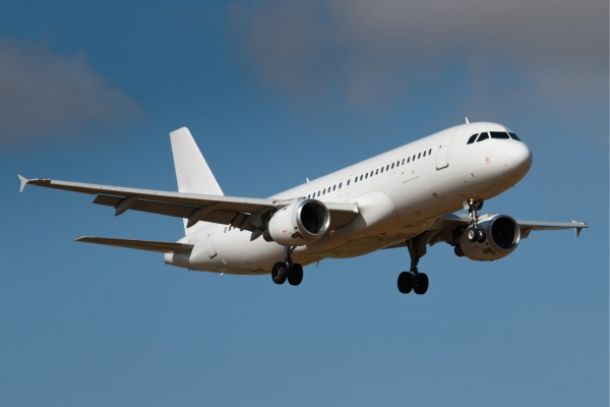Avoiding High Season Travel for Cheaper Flights
Avoiding High Season Travel for Cheaper Flights
Traveling during high season often comes with premium airfare prices due to increased demand. However, by planning trips in low or shoulder seasons and utilizing flexible strategies, you can find more affordable flights and enjoy less crowded destinations. Here’s how to avoid high-season travel and save on airfare.
1. Identify High, Low, and Shoulder Seasons for Your Destination
Understanding when demand peaks for your destination is key to finding cheaper flights. High seasons often align with holidays and school breaks, while low seasons may coincide with less favorable weather. Shoulder season, the period between high and low seasons, often offers the best balance of price, crowd levels, and weather.
- General guide:
- Europe: High season in summer (June to August); shoulder seasons in spring (April-May) and fall (September-October).
- Caribbean: High season in winter (December to March); low season during the summer months (June-November).
- Asia: High season during local holidays and festivals; shoulder seasons vary by region.
2. Plan Travel During Shoulder Season for Lower Fares
Shoulder season allows you to avoid high demand and get cheaper flights without sacrificing weather quality. For example, visiting Europe in September can offer warm weather at reduced prices, and you’ll avoid the summer crowds.
- Example: Hawaii’s shoulder seasons in late April to early June and September to mid-December are ideal for avoiding holiday and summer surges.
3. Book Far in Advance for High Season Travel
If you need to travel during high season, booking well in advance can help you secure a more reasonable fare. Flights during peak times, especially summer and winter holidays, tend to fill up early, so aim to book at least six months in advance for the best rates.
- Booking timeline: For high season flights, start checking fares up to a year in advance, particularly for international routes.
4. Travel Mid-Week Instead of on Weekends
Flying on weekdays, such as Tuesdays and Wednesdays, can offer savings even during high season. Weekend flights (Friday-Sunday) generally see higher prices due to increased demand, especially for domestic routes.
- Extra tip: Pairing a mid-week departure with a mid-week return can sometimes lead to further discounts on both legs of your trip.
5. Avoid Major Holidays and Local Festivals
Prices rise around major holidays and local festivals as people plan trips to celebrate. Avoid traveling during times like Christmas, New Year’s, Thanksgiving, and other public holidays to reduce costs.
- Research tip: Look up local festivals or events, such as Europe’s Easter celebrations, which can drive up both flight and hotel prices.
6. Use Flexible Date Searches for Cheaper Options
Flexible date search tools on Google Flights, Skyscanner, and Kayak show prices across a month, making it easy to spot cheaper dates around high season. Adjusting your travel by just a few days can sometimes reveal much lower fares.
- How to use: Choose “flexible dates” or “calendar view” to see the lowest prices within a selected travel period.
7. Set Up Price Alerts for High-Season Routes
If you’re planning high-season travel, set up price alerts on platforms like Google Flights or Hopper. These alerts notify you of any fare drops, allowing you to book as soon as prices fall.
- When to set alerts: Start tracking fares six to twelve months before your intended departure to catch any early price fluctuations.
8. Consider Secondary Airports for Lower Demand
Flights into secondary airports near your destination may offer lower fares, especially during peak times. For instance, flying into Oakland instead of San Francisco or Fort Lauderdale instead of Miami can yield savings while still bringing you close to your destination.
- Pro tip: Use the “add nearby airports” option in your search to view alternative airports within a 50-100 mile radius.
9. Look for Last-Minute Deals for Off-Peak Destinations
If your plans are flexible and you’re traveling off-peak, last-minute deals can sometimes be very affordable. Airlines often discount tickets shortly before departure to fill empty seats, particularly for less popular routes.
- Best for: Domestic or short-haul flights where you can be spontaneous with your schedule.
10. Use Airline Miles and Points to Offset High Season Costs
If you must travel during high season, redeeming airline miles or credit card points can help offset the higher costs. High-demand flights are more accessible if you’re using points, especially if you book early or use loyalty program benefits.
- Extra savings: Consider credit cards with travel rewards programs that offer bonus points on early bookings or during peak seasons.
Conclusion: Strategic Planning for Affordable Flights
By avoiding high season travel, booking early, and leveraging flexible dates and secondary airports, you can find affordable flights even during peak travel periods. With these strategies, you can enjoy cost-effective trips and avoid the hassles of overcrowded travel.


